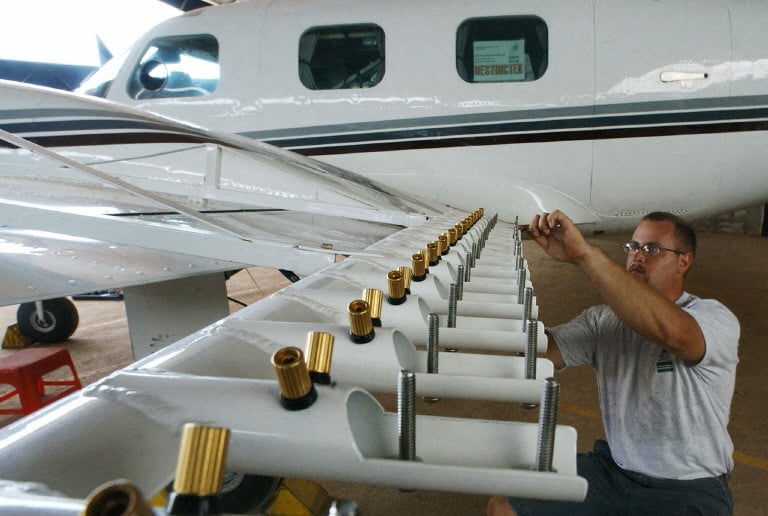The blaze, which started on Monday near Bejis in the eastern Valencia region, has destroyed over 20,000 hectares (50,000 acres) of land and spurred the evacuation of around 2,200 people.
“It is in the process of being stabilised. We hope that this afternoon or tomorrow it will be stabilised,” Valencia regional president Ximo Puig told reporters.
“Now is the time to return to normality, with caution. Everyone from any municipality or district can now return home,” he added.
Local officials had already on Saturday lifted evacuation orders in two villages, Bejis and Toras, because the threat from the flames had diminished.
Firefighters said reduced winds, cooler overnight temperatures and higher humidity levels had allowed them to start to contain the blaze.
But they cautioned that temperatures were still high, with the mercury expected to rise to 35 degrees Celsius (95 Fahrenheit), which when combined with hot, dry winds could still rekindle the wildfire.
About 20 aircraft were deployed to battle the blaze on Sunday, compared to 42 the day before, Puig said.
Another major wildfire which broke out last Saturday some 200 kilometres (125 miles) further south in the Vall de Ebo was brought under control on Sunday, he added.
It has ravaged some 12,000 hectares of woods, bushes and farmland.
The blazes are among the almost 400 to have broken out in Spain so far this year amid a series of punishing heatwaves and long dry spells that have devastated more than 283,000 hectares of land, more than three times the total area destroyed in 2021.
READ ALSO: Heavy rainfall helps contain huge wildfires in Spain’s Valencia region




 Please whitelist us to continue reading.
Please whitelist us to continue reading.
Member comments